Facebook E-commerce: Should Amazon and Google Be Worried?
Mục Lục
Facebook, Google and Amazon are the three largest companies in the three categories of social networking, search and e-commerce. Buyers will often go to Google to search for information about the services and products they want to buy, then they will go to Amazon to make the purchase. Facebook has long been the channel that sellers of services and products use to reach and interact with potential customers and boost sales. But Facebook is not an e-commerce site, customers can not buy directly through Facebook. However, with the recent growth of purchase supporting features of Facebook, this may change and a new trend may begin. This article wants to summarize what is the new upgrades of Facebook and how these changes effect on the other two giants Amazon and Google and talks about the author’s thoughts on the upcoming trend.
Facebook and the advances in E-Commerce
Facebook’s e-commerce penetration process has not been appeared all of a sudden but actually has been slowly taking place over the years. Over the past few months, Facebook has been adding easy-to-use features which allow/support users to purchase right on this social network. These new features include:
1. Carousel Ads
Source: facebook
Facebook launches the carousel ads format (also known as the multi-product ads) which allows the display of 3-5 images, each linking to a different page on the site. This format help the shoppers display many types of products to attract the customers. Carousel ads is very popular with shoppers and they like to use it because of its effectiveness. Facebook recently updated the format by, along with the images, allowing inserting the video (autoplay) into the first thumbnail of the carousel ads.
2. Immersive mobile ads
Facebook is testing a new ads format which will show fullscreen on mobile devices. When users see the ad and click, it will display the full image, content, or video that the brand wants to show them. Since this ad format is native on Facebook, the downloading and displaying speed will be much faster. For now this format is only applied to some brands for testing, not really popular. With this format, we can see that it would be very helpful to support the advertisers in sales, in which they must showcase many different products for the customers to choose from.
3. Saved replies
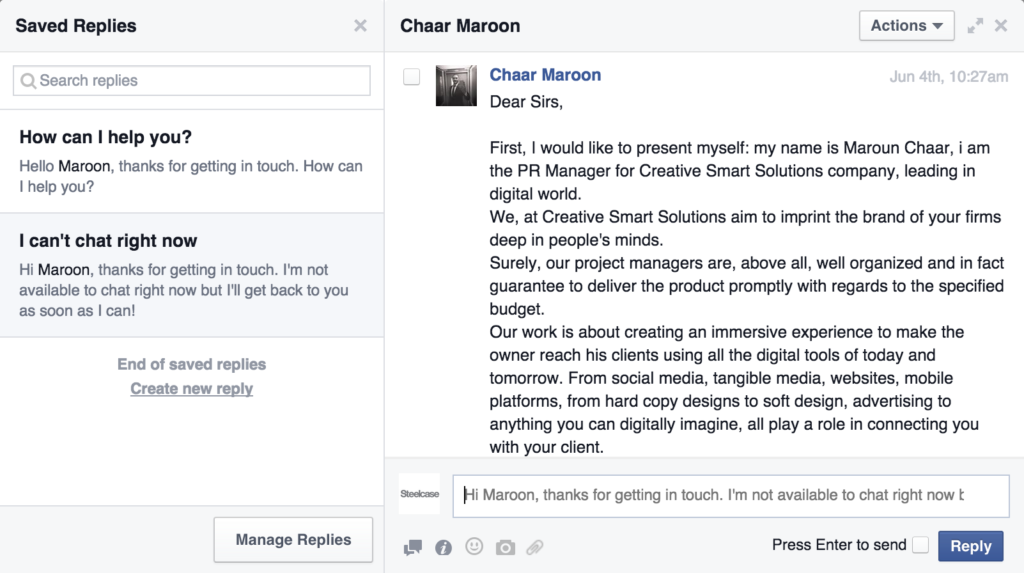
Source: lukerumley
4. Buy Button
Source: Facebook
Facebook is testing the direct purchase feature with allowing purchasing by clicking the Buy button on the ad / product without leaving this social network. This helps reduce the number of people dropping out in the process of going from Facebook to the Web to make purchases, increase the conversion rates, and attract merchants to the channel. Facebook also announce it supports this buy button feature to many through Shopify, an e-commerce platform that has a selling feature on Facebook.
5. Local awareness
Source: facebook
Facebook has added a call feature for users in the Local Awareness ad, an ads format targeted for business addresses. With ads using the call button, customers can click and contact you right away to inquire about the service, product that you are selling. Local awareness also allows users to find the store locations by displaying the direction from where you are standing to the store in the ad.
6. “Sales” Group
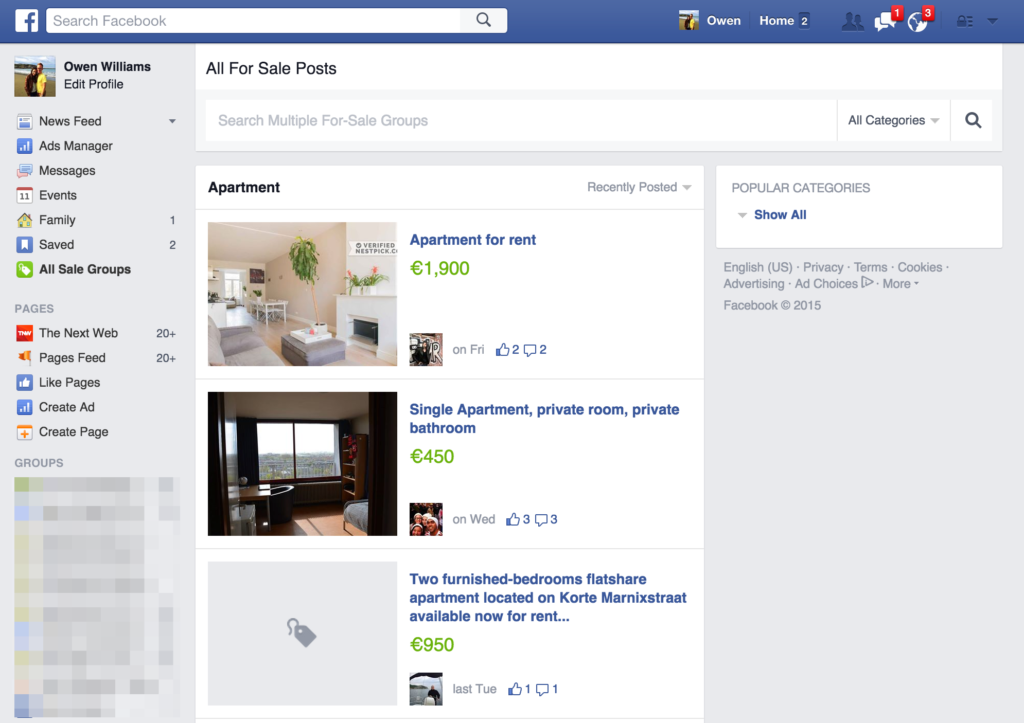
Source: facebook
Sales groups allow members, in addition to acting and sharing as a normal group, to post and sell their products in the group. When creating a product for sale, you can choose to enter the product name, price, and the location in addition to uploading some photos and writing an introduction about the product.
7. Upgrading Facebook pages for mobile
Source: Facebook
Facebook has announced that they will update the look of the fan page on mobile with improvements to help improve the pages’ efficiency and enhance the user experience. There are two major improvements: bringing the CTA button in the middle, making it more prominent and adding sections to the pages. The first enhancement will help those who are watching the fan page to easily see the button and contact as well as know more about the fanpage. The second enhancement will allow the fan page to display tabs that are relevant to its business, for example a shop can display the products in the Shop section (in cooperation with Shopify) or service companies can display a list of services in the Services section.
Facebook intends to bring this feature to all fan pages in the coming weeks and will also add different tabs in sections to serve different fan pages with different purposes.
8. Autofill
Source: Facebook
One of the most frustrating things about purchasing on a mobile phone is probably the long and time consuming purchase of credit card information. That is one of the reasons that the conversion rate of sales on the phone is somewhat lower than the desktop. Knowing that, Facebook has partnered with the e-commerce platform Ecwid to allow automated filling of purchase information when buying on Facebook. This will help to improve the conversion rate for online salespeople.
9. Local market
Source: Facebook
Some Facebook users have found that the Local Market feature has appeared when they are using this social network. This feature is likely to still be in beta and it allows buyers and sellers to have a more organized market in each category. This feature is said to include built-in search capabilities as well as the ability to allow users to manually adjust what they want to see in Local Market by selecting different collections. It seems that Local Market focuses on the commerce of people in the same area like a city or a district and automatically assembles products into different categories.
10. And the next steps …
With such clear and well-defined steps above, we can easily see Facebook’s ambition to dominate the e-commerce market. What Facebook will do next will certainly only reinforce this. Some of them we can easily think of are the addition of a purchase button to the images in the user’s album feature, the management of merchandise feature, the creating sale website on fan page feature , the add to basket, wish list etc …
Facebook has 1.5 billion monthly users. Source: statista.com
The strength of Facebook is that the number of active users and the time they spend on this site are huge. With nearly 1.5 billion active users monthly, many of whom have their own business, it’s clear that this social network will easily become a bustling sales channel if they can make the business on this network easier. With Facebook, retailers can get rid of having to own a website and spend money, time and technical knowledge to maintain it. Facebook will become both a platform and a huge market where all people can trade. With the newly updated search feature, which makes finding merchandise easier, Facebook is likely to become a giant in e-commerce for a short time.
Facebook vs Amazon vs Google
If Facebook transforms itself into an e-commerce channel where everyone can sell, the biggest impacted would be Amazon. As the world’s largest e-commerce website, which aims to connect all sellers and buyers, if an item is sold online without Amazon, it’s a part of the profits that should have been made by the company. And with the nature of Facebook, the shopping button on this network has the potential to create sensational orders as well as large quantities of orders placed outside of Amazon. If Facebook updates and expands new selling features with popular users, it will certainly be a threat to Amazon (as well as every other e-commerce site).
On the Google side, though not directly involved in e-commerce, a large portion of Google’s advertising revenue comes from product keywords when users search for products to buy online through this search engine. But Google has long been competing with the same sales and service pages as Amazon for this search because users instead of going to Google to search for products they will go directly to these commerce pages to search (this issue was also mentioned in a previous article). This pulls the user out of the search engine and directly affects Google’s advertising revenue. Of course, when Facebook enters the e-commerce and search segments as mentioned above, Google will have another opponent to worry about besides Amazon. In addition, Google is facing the difficulties of mobile search, which has user behavior completely different from on the desktop. On the phone, typing keywords to search and switch between tabs on the browser is not optimal while users can open Amazon (or Facebook) applications and search in a faster and easier way. This is certainly not good for Google when 2015 is the year that the number of mobile users has officially exceeded the number of users on the desktop when searching.
It’s still too early to say when Facebook’s e-commerce features are not fully complete, and the search feature of this social network probably still needs a lot of amendments before it can be attract more users. In addition, users’ long-standing habit of using Google to search or Amazon to purchase is still unlikely to change immediately, so at this time, Amazon and Google do not need to feel threatened by this social network. However, if these two giants do not quickly have new innovations or new directions, then there is a possibility that Facebook will outperform both companies in the two areas that they are currently monopolized. One Facebook to rule them all ~ Is it the possible future coming?
What do you think about this trend? Leave a comment below.


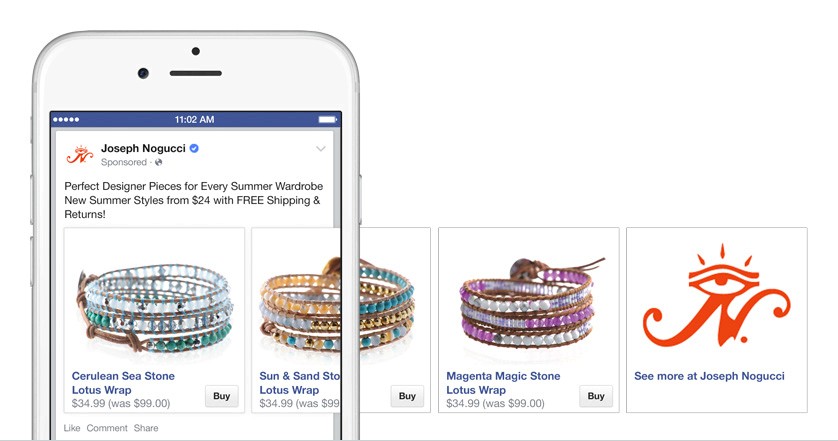

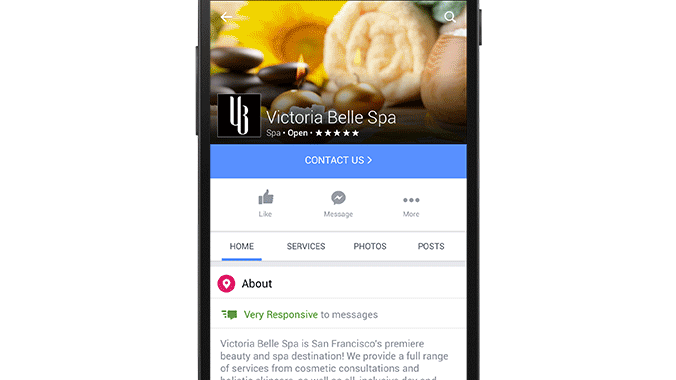
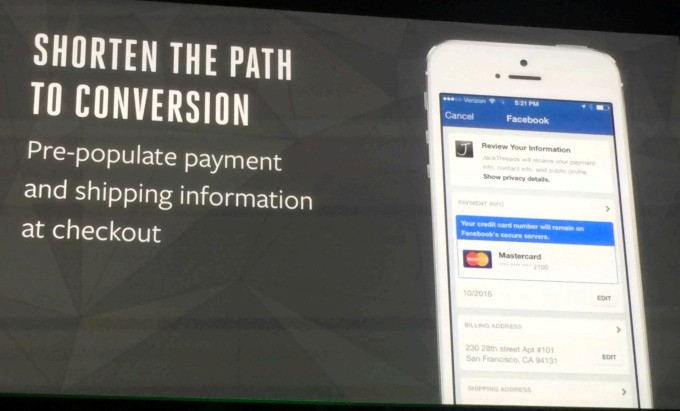
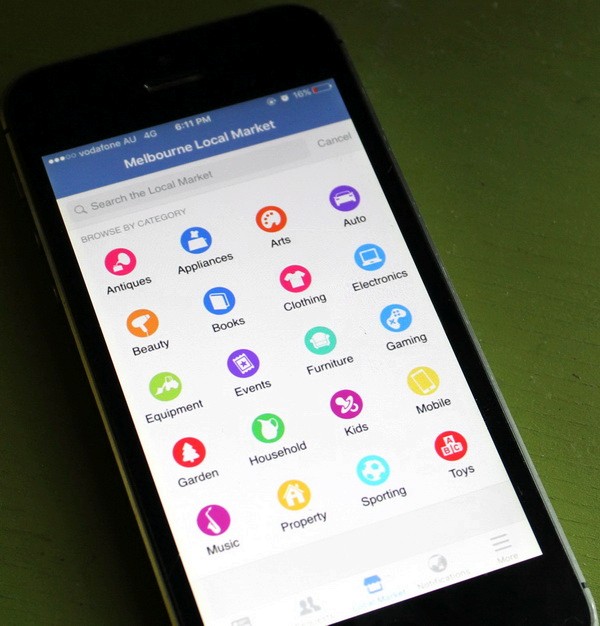
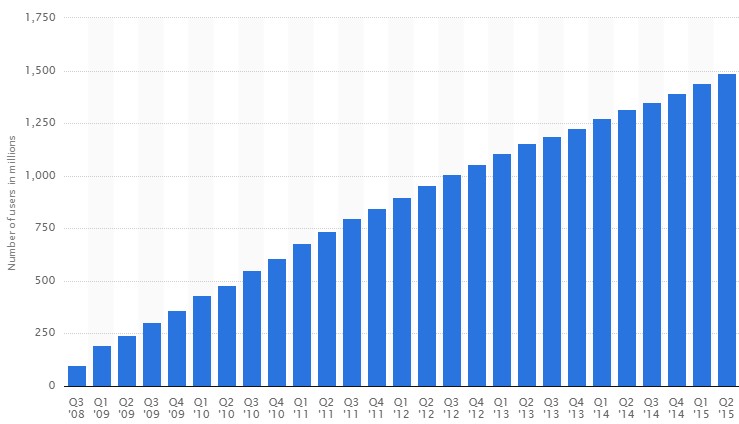


 Vietnamese
Vietnamese English
English